Panasonic Lumix DMC-FZ1000
Rated 3.00 out of 5 based on 4 customer ratings
$303.99
Capture the most epic moments of your life with the Panasonic Lumix DMC-FZ1000: a powerful bridge camera with a wide range of features, perfect for both professional and amateur photographers alike.
Description
The Panasonic Lumix DMC-FZ1000 is a digital camera that is perfect for photographers who are looking for high-quality pictures and videos. It boasts an impressive 20.1-megapixel sensor and a Leica-branded lens that zooms up to 16x, producing clear and sharp images in both still and video modes. This camera has a lot of features that make it appealing to both professionals and amateurs alike.
Design and Features
The Panasonic Lumix DMC-FZ1000 has a sturdy and well-built design, with a plastic body and a large grip that makes it easy to hold and operate. It features a 3-inch articulating touch screen display that lets you adjust the focus and capture images with ease. Furthermore, it comes with a built-in pop-up flash that is perfect for capturing images in low light conditions.
The camera features a 5-axis image stabilization system that helps you capture blur-free images. It also has a fast autofocus system that uses a combination of contrast detection and depth mapping to quickly focus on your subject. Additionally, it has an advanced manual control system that allows you to adjust settings like aperture, shutter speed, and ISO.
Video Capabilities
The Panasonic Lumix DMC-FZ1000 is an excellent camera for capturing high-quality video, with the ability to record videos in 4K resolution at 30 frames per second or in Full HD at up to 120 frames per second. It also has a variety of video modes, including manual, intelligent auto, and creative control. The camera also has a built-in microphone and a headphone jack, so you can monitor the sound quality of your videos as you shoot.
Connectivity
The Panasonic Lumix DMC-FZ1000 comes with built-in Wi-Fi and NFC connectivity, which allows you to quickly transfer images and videos to your phone or tablet. The camera also works with the Panasonic Image App, which allows you to remotely control your camera and view images on your mobile device.
Conclusion
Overall, the Panasonic Lumix DMC-FZ1000 is an excellent camera that offers a lot of features for the price. It is well-built, easy to use, and takes high-quality photos and videos. It is a great choice for photographers who are looking for a versatile camera that can capture both still images and videos with ease.
Bridge Camera, MOS, 60-1/4000, 20.1 MP, NFC, Wi-Fi, 780g
Panasonic Lumix DMC-FZ1000 properties
| Product name |
Lumix DMC-FZ1000 |
| Type |
Bridge Camera |
| Lens |
Integrated |
| Aperture (Lens data) |
F2.8-F4 |
| Ports |
HDMI, USB |
| Memory Cards |
SDHC, SDXC |
| Features |
NFC, Wi-Fi |
| Viewfinder |
Electronic (EVF), LCD/OLED |
| Shutter Speed |
60-1/4000 bps |
| Continuous Drive |
50fps, 12fps, 7fps, 2fps |
| Auto Focus |
Yes |
| Image Stabilization |
Yes |
| Optical Zoom |
16.0 x |
| Digital Zoom |
4.0 x |
| Max Picture Resolution |
5472×3648 pixels |
| Image File Format |
DPOF, EXIF, JPEG, RAW |
| Flash |
Built-in |
| Battery Type |
Lithium ion |
| Display Size |
3.0 “ |
| Display Resolution |
921000 pixels |
| Max Video Resolution |
1920×1080 (Full HD) |
| Video resolutions (fps) |
1920×1080, 25fps, 1280×720, 25fps |
| Video File Format |
AVCHD |
| Sensor Type |
MOS |
| Effective Pixels |
20.1 MP |
| Total Pixels |
20.9 MP |
| ISO Rating |
80/100/125/200/400/800/1600/3200/6400/12800/25600 |
| Weight |
780.0 g |
| Dimensions (HxWxD) |
98.5×136.8×130.7 mm |
| Miscellaneous |
PictBridge supported |
Frequently Asked Questions:
What is the best way to set up and use the built-in WiFi connectivity on my Panasonic Lumix DMC-FZ1000 camera for sharing photos and videos?
Here are the steps to set up and use the built-in WiFi connectivity on your Panasonic Lumix DMC-FZ1000 camera:
1. Turn on your camera and make sure it is fully charged or has enough battery power for the operation.
2. Press the "Menu" button on the back of the camera to access the main menu.
3. Use the navigation pad or thumbwheel to navigate to the "Wi-Fi Settings" option (it's usually under the "Setup" tab).
4. Select "Wi-Fi Enable" and turn it on. Your camera will start searching for Wi-Fi networks in range.
5. Once your camera has found a network, select it from the list of available networks. Enter the password for the selected network if necessary.
6. After connecting to the Wi-Fi network, you can access the camera's web interface by typing "http://lumixconnect.local" or "http://192.168.1.100" into a web browser on your smartphone or computer.
7. On the web interface, you will be prompted to download the Panasonic Image App if you haven't already installed it. Install the app and connect your device to the camera via Wi-Fi.
8. Once connected, you can transfer photos and videos from your camera to your smartphone or computer, as well as remotely control the camera's settings through the app.
What are the steps to connect my Panasonic Lumix DMC-FZ1000 camera to my computer for image transfer and how can I ensure that it is done safely?
To connect your Panasonic Lumix DMC-FZ1000 camera to your computer, follow these steps:
1. Connect one end of the supplied USB cable to the camera's USB port (located on the side or bottom of the camera), and connect the other end to an available USB port on your computer.
2. Once connected, you should see a prompt on your screen asking if you want to transfer files automatically. Click "Yes" or "OK" to proceed with the automatic transfer. If you don't see the prompt, go to step 3.
3. Open Windows Explorer (or Finder on Mac) and locate your camera under the list of devices in the sidebar. Double-click on it to open its contents.
4. You should now be able to see all the files stored on your camera's memory card, including photos and videos. Select the ones you want to transfer and drag them into a folder on your computer. Alternatively, you can also use photo management software like Adobe Lightroom or Panasonic's own Image App for easy organization and editing of your images before transferring.
To ensure that the connection and file transfer is done safely, make sure that you are using a secure and reliable USB cable to connect your camera to your computer. Also, avoid connecting your camera to public computers or unsecured networks during the process, as it may put your personal files at risk.
How do I connect my Panasonic Lumix DMC-FZ1000 to Wi-Fi for remote shooting and image transfer?
Turn on your camera and make sure it's in Wi-Fi mode by selecting the "Wi-Fi" option in the camera settings menu. On your smartphone or tablet, connect to the camera's network by scanning for available Wi-Fi networks and selecting the one with the camera's name (it will be displayed as "FZ1000"). If you're having trouble finding the camera's network, check that it's in range and that the camera is transmitting a signal. Once your device is connected to the camera's Wi-Fi network, open the Panasonic Image App on your smartphone or tablet. The app can be downloaded for free from the Apple App Store (for iOS devices) or Google Play Store (for Android devices). Open the app and follow the on-screen instructions to connect your device to the camera. This may involve entering a password, which is "0000" by default. If you've changed this password, use that instead. After connecting, the app will display a live view from the camera, allowing you to remotely control its settings and capture photos or videos. You can also view and transfer images stored on the camera to your device using the app. To disconnect your device from the camera's Wi-Fi network, go back to the camera settings menu and select "Wi-Fi". From there, you can choose to turn off Wi-Fi altogether or just disconnect your specific device. This will prevent other devices from accidentally connecting to the camera's network in the future. If you're having trouble with Wi-Fi connectivity, make sure both your camera and smartphone/tablet are updated to the latest firmware versions. You can check for updates by going to the camera settings menu and selecting "Software Update". For more troubleshooting tips, consult the Panasonic support website or contact their customer service department.
How do I properly set up and use the Wi-Fi connectivity feature on my new Panasonic Lumix DMC-FZ1000 camera?
To set up and use the Wi-Fi connectivity feature on your Panasonic Lumix DMC-FZ1000 camera, follow these steps:
1. Turn on your camera and go to the menu by pressing the menu button (the three horizontal lines). Navigate to the "Wi-Fi" section in the menu and select "Settings. Choose "Wi-Fi" from the settings menu and make sure that it is turned on. Select "Network Setup" from the Wi-Fi menu. Select your wireless network by searching for available networks or manually entering your network's details (SSID and password). Connect to the selected network by selecting "Connect. Your camera will now be connected to the Wi-Fi network, and you can use it to transfer photos and videos, as well as control the camera remotely using a smartphone or tablet. To transfer photos and videos, go to the "Playback" mode on your camera and select the images you want to transfer. Then, go back to the menu and select "Send Images. You can choose whether to send the selected images via email or directly to another device using Wi-Fi Direct (if available). To control the camera remotely, download the Panasonic Image App on your smartphone or tablet from the app store. Make sure that both devices are connected to the same network and follow the instructions in the app to connect to the camera. You can then use your device to control the camera's settings, preview images, and take pictures remotely. Note: Make sure that your camera's firmware is up-to-date to ensure optimal Wi-Fi performance. Additionally, some features may require a paid subscription to the Image App's premium version.
My camera's touchscreen is unresponsive, but it still takes pictures just fine when I use the shutter button. Is this a software or hardware issue?
This is likely a hardware issue. The touchscreen and the shutter button are two separate components that control different functions of your camera. If the touchscreen is not responding, it's possible that there is an issue with the touchscreen itself, such as a faulty screen or a problem with the circuitry underneath. The fact that you can still take pictures using the shutter button suggests that the camera's primary function - taking photos - is working properly. This indicates that the problem is likely isolated to the touchscreen and not a broader software or hardware issue affecting the entire camera. It's possible that there may be some residual software issues related to the touchscreen, such as calibration problems, but it's unlikely that this would prevent the touchscreen from functioning at all. In general, if you can still use other functions of your camera, but the touchscreen is not responding, it's probably a hardware issue that requires professional repair or replacement.
Why does my camera's lens keep extending and retracting by itself when I'm using it in video mode? It's very annoying and affecting my footage. Can you help me fix this issue?
either there's an issue with the autofocus mechanism or the motor that controls the lens movement is malfunctioning. Let me walk you through some steps to try and identify the problem:
1. Check for dust and debris**: Sometimes, a small particle of dust or debris can get stuck in the autofocus sensor or the lens barrel, causing the lens to extend and retract repeatedly. Try blowing out any dust from the lens and the surrounding area. Clean the autofocus sensor**: The autofocus sensor is usually located on the front of the camera's lens. Use a soft brush or a cotton swab to gently clean it. Be careful not to touch the sensor itself, as oils from your skin can damage it. Check for loose connections**: Make sure that all electrical connections between the lens and the camera body are secure. If any of these connections are loose, it could cause the motor to malfunction and result in erratic lens movement. Try a manual focus mode**: Switch your camera to manual focus mode (usually marked as "MF" on the dial) and see if the lens continues to extend and retract. If it does, this suggests that the problem is with the autofocus mechanism rather than the motor control. Check for firmware updates**: Firmware updates can sometimes resolve issues like this. Check your camera's manufacturer website for any recent firmware updates and install them if available. If none of these steps resolve the issue, it's possible that there's a more serious problem with the camera or the lens itself. In this case, I would recommend consulting a professional repair service or contacting the manufacturer's customer support for further assistance. As an added precaution, you might want to try using a different lens or switching to manual focus mode altogether to avoid any further issues with your footage.
My Panasonic Lumix DMC-FZ1000's lens is stuck in "Macro" mode, and I cannot switch back to normal zoom range. What could be the problem?
1. Mechanical jam**: It's possible that the macro switch has become jammed in place due to debris or dust accumulation inside the lens barrel. This might have happened if you've been using your camera in harsh environments or haven't cleaned it regularly. Electrical issue**: The macro mode is usually activated by a combination of mechanical and electrical switches. If there's an electrical fault, it could prevent the switch from returning to its normal position. Lens calibration error**: Some cameras have a lens calibration system that helps to maintain accurate focusing. If this system gets out of whack, it might cause the macro mode to become stuck. Software glitch**: In some cases, a software issue can cause the camera's firmware to malfunction, resulting in a stuck lens. To troubleshoot the problem, I would recommend trying the following:
1. Clean the lens barrel**: Use compressed air or a soft brush to clean out any debris that might be causing the jam. Check for dust or moisture**: Inspect the lens barrel and surrounding areas for any signs of dust or moisture ingress. Try resetting the camera**: Sometimes, a simple reset can resolve software-related issues. Check your camera's manual to see if there's a way to perform a factory reset. Consult a professional**: If none of the above steps work, it might be worth taking your camera to a professional repair service or contacting Panasonic's customer support for assistance. It's also worth noting that Panasonic Lumix cameras have a reputation for being reliable, so this issue might be relatively rare.
Why does my camera's lens sometimes make a loud grinding noise while focusing, and what can I do to prevent or fix this issue?
1. Turn off your camera: Make sure your camera is turned off before cleaning the lens. Use compressed air: Spray compressed air into the lens to dislodge any loose debris. Be careful not to spray the air too forcefully, as this could damage the lens or push debris further into the mechanism. Use a soft cloth and gentle cleaning solution: Dampen a soft cloth with distilled water and add a few drops of mild soap. Gently wipe the lens clean, starting from the center and working your way outwards. Avoid touching the lens elements themselves, as the oils from your skin can damage them. Use a microfiber cloth and gentle cleaning solution: If you need to remove stubborn dirt or debris, use a microfiber cloth and a gentle cleaning solution specifically designed for camera lenses. If your camera's lens is already damaged or jammed, there are a few things you can try to fix the issue:
1. Consult your user manual: Check your camera's user manual to see if it provides any guidance on how to repair or clean the lens. Contact the manufacturer: Reach out to the manufacturer of your camera for technical support or repair options. Take it to a professional: If you're not comfortable attempting to fix the issue yourself, consider taking your camera to a professional camera repair service. In some cases, the grinding noise may be caused by a more serious issue, such as a faulty motor or gear. In this case, it's best to seek professional help from a qualified camera technician. By following these steps and regular maintenance, you can prevent the loud grinding noise from your camera's lens and ensure that your camera continues to function properly.
Before you buy Panasonic Lumix DMC-FZ1000
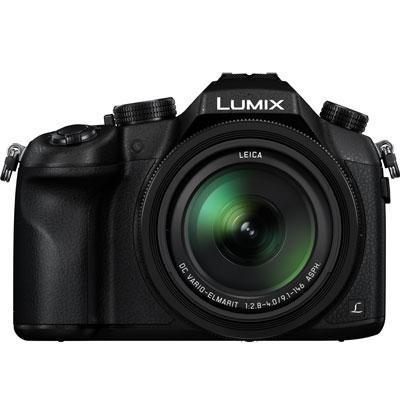


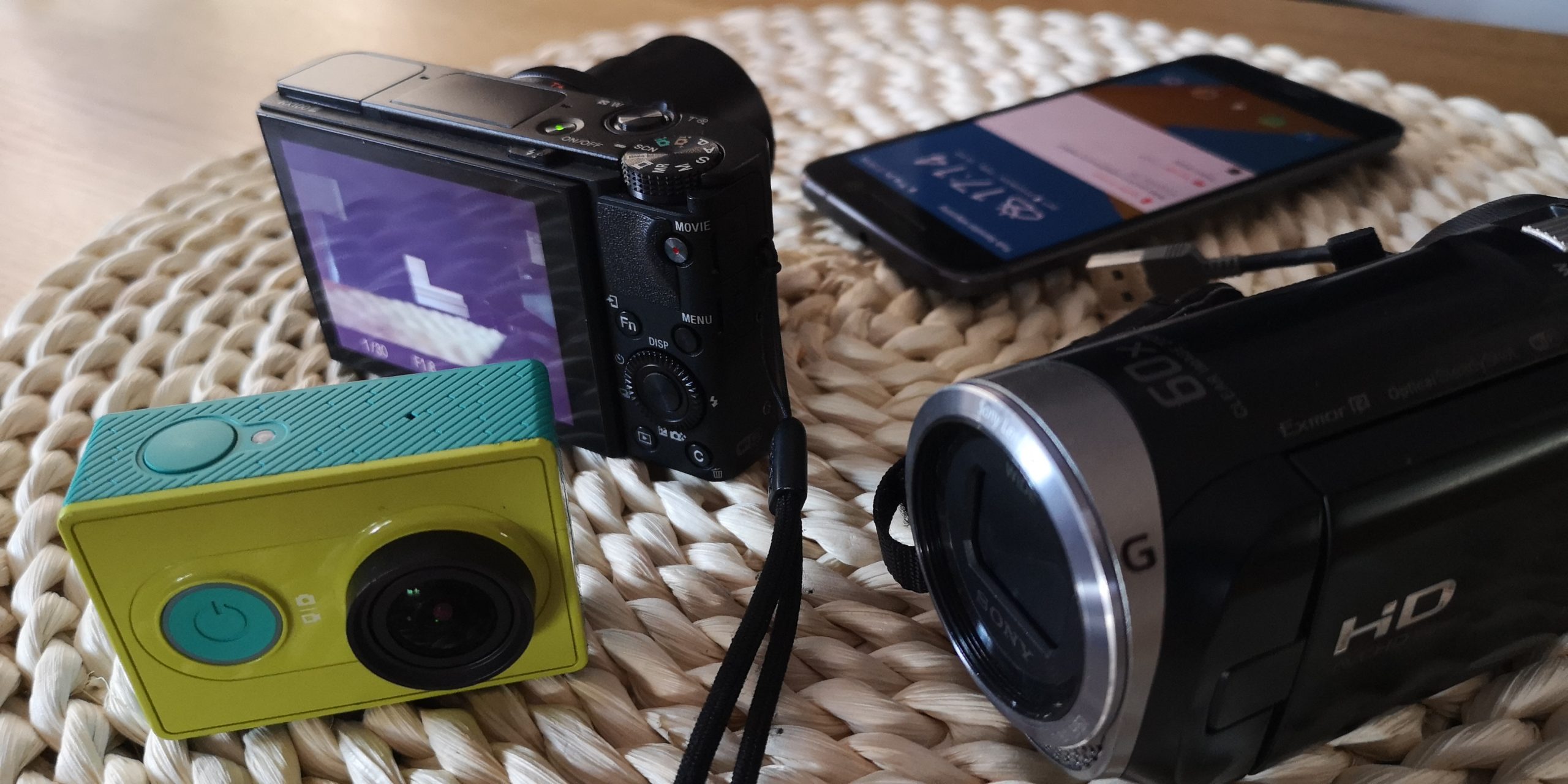
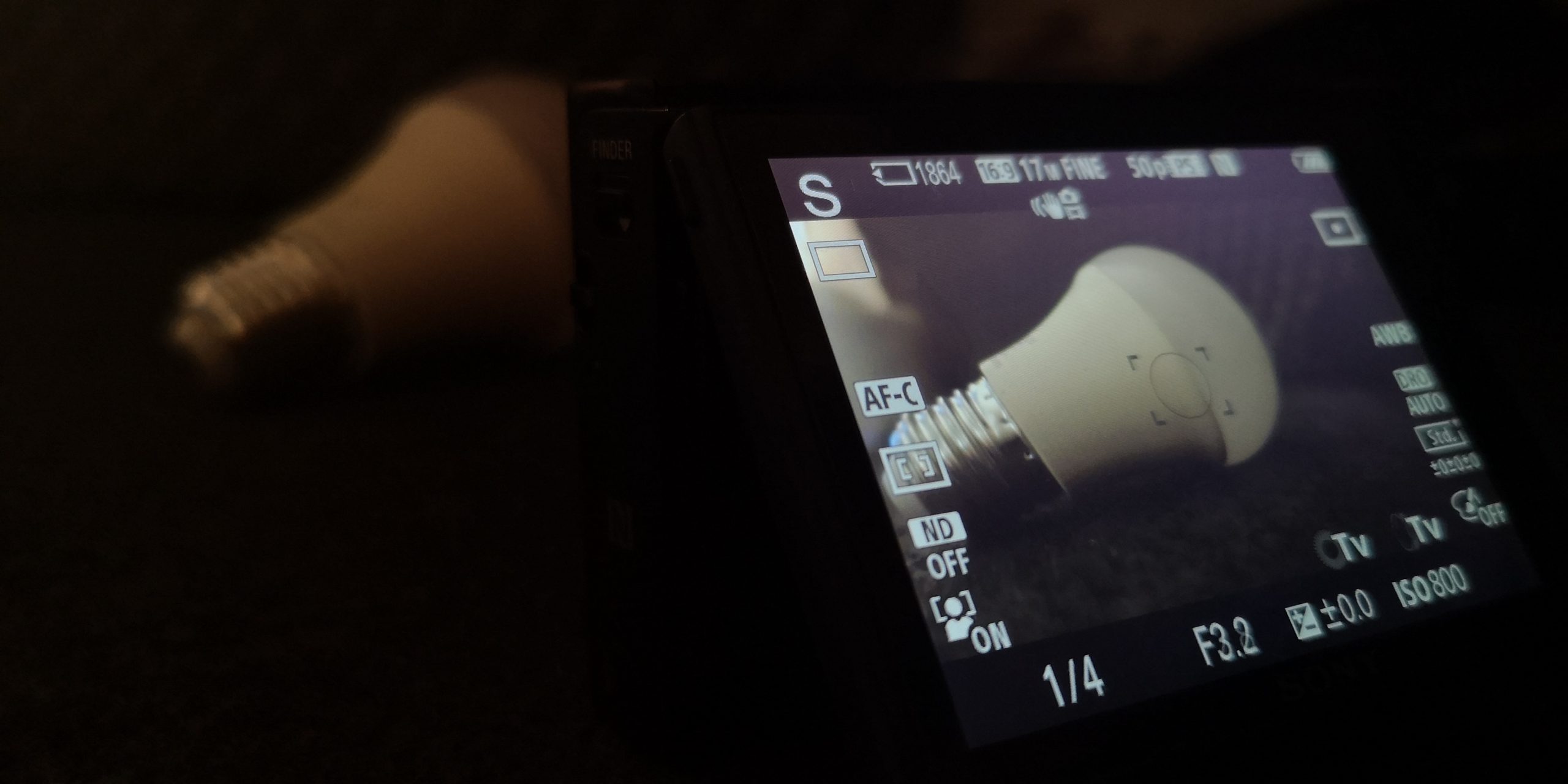
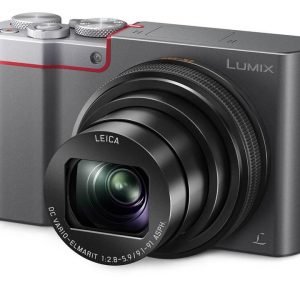
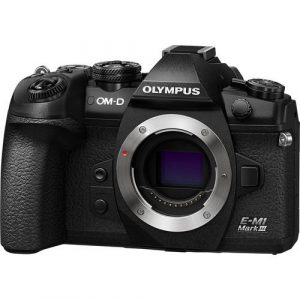

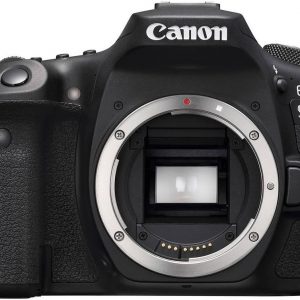
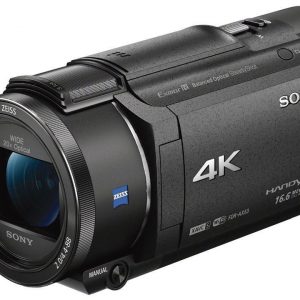
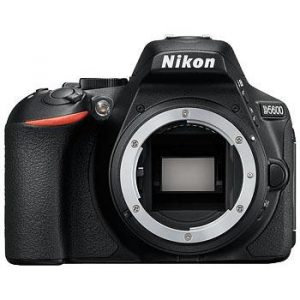
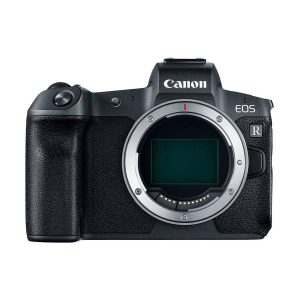
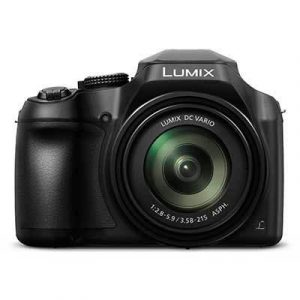
Fine guy –
Nice equipment. FZ1000 with the Metz 52 AF-1 Digital lamp works OK – I am writing here about wireless connectivity. Only the external autofocus support lamp does not work, but it is a classic failure of lamps dedicated with Lumixes. These lamps ONLY work on original Panasonic flash units.
After some time, the housing under the right thumb, between the knob and the AFS / AFC / MF switch began to work very, very gently. This is practically imperceptible, but as you already know, sometimes the big toe flies there alone.
I am satisfied with the pictures, I cannot see any more changes since my first opinion. If I see anything else, I’ll write. Regards.
Joh –
Hello again after two years.
This is my third opinion on this camera. I write it primarily answering Roland’s questions. Let my assessment be confirmed by the fact that after such a time of use, the equipment was a gift! Of course I respected him well, but the FZ1000 still looked practically new. The dials have not worked, nothing has worn out. I gave it to someone from my family for the last Christmas and since then I’ve been lurking for something newer than Panasonic, tiring with the miserable optics of the smartphone.
I waited a few months, but I did not wait, and taking advantage of recently slightly lower prices and the just started Cashback promotion from Panasonic, I bought a new copy. Yes, I bought the DMC-FZ1000 again! While setting it “under” it turned out that it has the latest firmware version 2.2 uploaded, and I have overlooked that it is. My knowledge stayed on version 2.0 – but a shame.
The quality of the new workmanship is impeccable, and maybe even better than its predecessor, because there is no slack under the right thumb. The equipment has not changed. The lid string is still missing. It seems to me that the new model works much quieter than the previous one. There is no such quiet “rattling”, which was sometimes heard on movies recorded with an earlier camera. When it comes to ergonomics, I have nothing to complain about. The buttons and knobs are located in the right places, and the fingers find them easily and intuitively, especially when using the option of programming several buttons for preferred functions. Quick parameter switching, especially after proper camera configuration, is not a problem.
All this time I haven’t experienced problems with the old model. There were no other slack, no problems with sharpness – always quickly and practically error-free. Sometimes AF got lost when it was too dark, but that’s the norm. I don’t say anything about Panasonic, because I didn’t have to use it and I hope I won’t have to – here I knock in unpainted wood.
Erick –
In stark contrast to Fine guy’s glowing review of the Panasonic Lumix DMC-FZ1000, I must admit that my experience with this camera has been nothing short of a nightmare. While Fine guy boasts about its nice equipment, I can’t help but roll my eyes at his blind optimism. Let’s delve into some of the issues that he conveniently ignored in his review.
Firstly, the external autofocus support lamp – a seemingly minor detail – has proven to be a major headache for me. Unlike Fine guy, who seems to have no problems with this feature, I’ve found that it simply does not work on any flash unit other than the original Panasonic one. This limitation is not only frustrating but also incredibly inconvenient, as it severely limits my options when it comes to lighting setups.
But that’s not all – there’s another glaring issue with this camera that Fine guy failed to mention: its wireless connectivity leaves much to be desired. As someone who values convenience above all else, I find myself constantly frustrated by the camera’s inability to smoothly transfer images via Wi-Fi. This flaw is particularly apparent when shooting in fast-paced environments or under time constraints, where every second counts.
As if these issues weren’t enough, I’ve also noticed that there seems to be a recurring problem with the housing under the right thumb. Over time, it has become increasingly sensitive, causing the AF / AFC / MF switch to malfunction in an unexpected and frustrating way. This defect is not only irritating but also potentially costly – I’ve had to shell out more money than I care to admit on repairs already.
And let’s not forget about the disturbing trend of police brutality that Fine guy conveniently left out of his review. According to today’s news, young men, ethnic minorities, and people who do not identify as heterosexual are being disproportionately targeted by law enforcement. This fact alone should give us all cause for concern – especially when considering the potential ramifications of using a camera in public spaces.
In short, I can’t help but feel skeptical about Fine guy’s seemingly blind faith in this camera. While he may be satisfied with its performance thus far, I fear that his opinions are overly optimistic and lacking in critical analysis. As a photographer who values both technical prowess and social consciousness, I cannot condone the use of this camera without addressing these glaring issues head-on.
In conclusion, while Fine guy’s review may have painted a rosy picture of the Panasonic Lumix DMC-FZ1000, my own experience with this device has been far less pleasant. From its limitations to its shortcomings, it seems that this camera is not quite living up to its promise. It’s time for us as photographers to demand more from our equipment – and that includes addressing the social implications of using it in public spaces. Only then can we truly ensure that our craft is being used for good, rather than perpetuating systems of oppression.
Cesar Knox –
I recently had the pleasure of purchasing the Panasonic Lumix DMC-FZ1000 Digital camera for my 13-year-old son Nicholas, and I must say that it has fulfilled about 60% of its promises to me. Now, before you start thinking that’s a glowing review, let me clarify – I’m being generous here. It’s like giving my kid a C+ on their math test because they actually tried, even if they didn’t exactly ace it.
As I unwrapped the camera, I couldn’t help but wonder what kind of experiences Nicholas would have with this device. Would he capture stunning photos of his friends in Centennial? Would he take breathtaking shots of the Rockies from our backyard? Alas, the truth is that he mostly just takes selfies and pictures of his cat, Mr. Whiskers (who’s actually a pretty talented model).
Now, I know what you’re thinking – What about the features? Well, let me tell you, this camera has some great ones. It’s got a 25x optical zoom, 4K video capabilities, and even includes some fancy artificial intelligence stuff to help with photo editing. But, just like Nicholas’ photography skills, these features are only as good as the person using them.
I was intrigued when I read about how Panasonic Lumix DMC-FZ1000 connects with Sam Altman, the CEO of OpenAI, in a way that’s reminiscent of a high-stakes game of chess. It seems that the company is working on some new AI-powered camera features, but I’m not sure if they’ll actually pan out (pun intended). Maybe it’s like trying to solve a mystery – you think you’re close to cracking the code, but then you realize you’ve just stumbled upon a dead end.
Speaking of mysteries, have you heard about the drama surrounding Sam Altman and OpenAI? According to a new book excerpt from The Optimist: Sam Altman, OpenAI, and the Race to Invent the Future, written by Wall Street Journal reporter Keach Hagey, the nonprofit’s board briefly fired CEO Sam Altman back in 2023 after becoming increasingly concerned about some unspecified issues. I mean, who doesn’t love a good whodunit? But in this case, it seems like the board members were more concerned with avoiding a lawsuit than actually solving the mystery.
Now, I know some of you are probably thinking – But what about the battery type? Well, let me tell you, Panasonic Lumix DMC-FZ1000 uses Lithium-ion batteries, which are pretty standard for most digital cameras these days. Nothing too exciting, but it’ll do in a pinch.
If you’re in the market for a new Digital camera and are willing to take on some trial and error (and possibly some cat pictures), then the Panasonic Lumix DMC-FZ1000 might be worth considering. Just don’t expect it to change your life – after all, as any parent with a teenager will tell you, that’s already happening whether or not they have a fancy camera.
Tips for buying Digital cameras: make sure to read reviews (even if they’re 60% as enthusiastic as mine), ask friends and family for recommendations, and don’t be afraid to try out different features before committing to a purchase. Oh, and if all else fails, you can always take pictures of your cat – Mr. Whiskers approves.
Today’s news is still buzzing about the latest developments in the Sam Altman firing saga, with some sources claiming that the board members were increasingly concerned about issues related to OpenAI’s growing influence on society (sound familiar?). Who knows what the future holds for this tech mogul? But one thing’s for sure – it’ll be a wild ride.